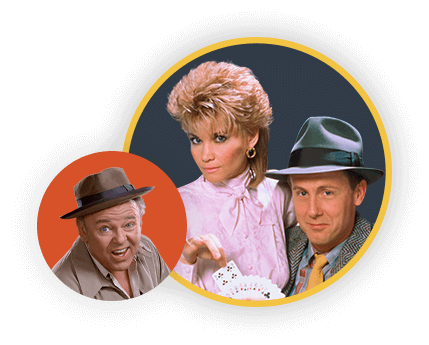A 1980 magazine article about the future of TV got it spot on — with a few ridiculous exceptions

"What Can Print Your Plane Tickets, Find the Kids and Beat You at Chess?" asked the headline of a 1980 article in the entertainment magazine Panorama. The answer? Television, of course! Or at least, the television in the far future of the year… 2000!
Writer and consumer electronics expert David Lachenbruch laid out how the technology available at that time was leading to a place where TV would be the center around which most 21st-century activity revolves. And in many ways, he was right.
He imagines a future where hundreds of channels are available at our fingertips and can be scrolled through easily using a "digital remote-control panel." Lachenbruch even foresees DVR!
"If there are two good shows on at the same time, you direct one to 'storage' – when it comes on, it's automatically recorded for you to view whenever you wish. You don't have to touch the video recorder, which is kept out of sight in the component cabinet; everything is controlled from the wireless touch-pad panel."
Another improvement he predicts is the flat-screen TV, writing, "the picture will be freed from the tube." He calls it a "video terminal" as opposed to a television set. One of the most precise imaginings of the whole article is the description of cable and satellite TV.
"The vast majority of city and town video terminals will be connected to what probably will still be called 'the cable' – an anachronism, because it will consist of bundles of high-capacity glass fibers in place of electrical cable, capable of carrying hundreds of channels on modulated laser-light beams. Many rural homes, and some city ones, will have small, dishlike, rooftop or windowsill antennas to pick up programs directly from space satellites." While television beamed from space seems anything but noteworthy these days, 40 years ago the concept was, well, out of this world!
Lachenbruch also predicts the home desktop computer with eerie accuracy. "At your desk, either in the viewing room or in a study with its own 'satellite' screen, is a typewriter-like keyboard. Any member of the family can use this to address a central community or national computer, calling up all kinds of material from the information bank."
He continues, "In addition to displaying textual material, it also provides color pictures, diagrams and animation on request. Being a two-way system, it can, for example, display on request a timetable of all flights to Phoenix and make a reservation for you. Your desk may also contain a printout device to make typed copies of any text material that appears on the screen." This description of a home office sounds quaint by today's standards but it's also very close to reality – especially for 2000.
Of course, like any attempt to tell the future, there are some things that are way off.
While Lachenbruch correctly anticipates email, he doesn’t get close knowing how it would actually be implemented. "Most miraculous of all – thanks to the central computer and the wide-band, two-way information pipe – America will finally solve its mail problem; the Postal Service can actually look forward to making a profit from instantaneous electronic mail. A simple attachment will allow letters to be sent between any two video terminals directly, for display on the video screen or for reproduction on paper."
Another wild guess? Tracking children with electronic locaters. "Another video terminal add-on helps keep track of the children. Each of your offspring has a tiny electronic 'locater' button sewn into his or her clothing; when you press the locate key on your home terminal, a map of the neighborhood appears on the screen with a different colored dot indicating the location of each child."
Locators sewn into clothing reads like pure science fiction but the ability to track smartphones with GPS, and the ever-decreasing age at which kids get such devices, means that parents now can keep track of their offspring by seeing dots on a map.
Seeing predictions of a future now very much in our past is a reminder of just how far technology has come in the past half-century. It makes you wonder what entertainment will be like 20 years from now and if we could even try to accurately predict any part of it.




